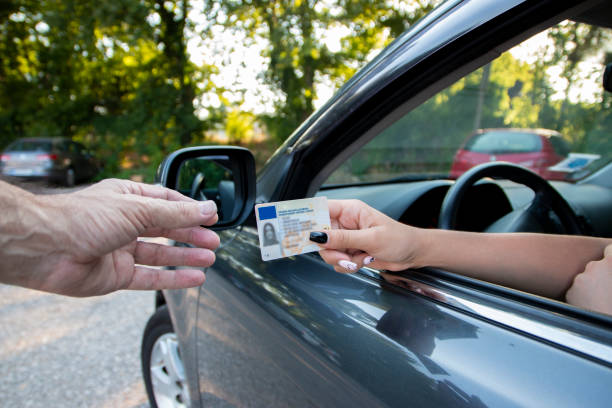
Obtaining a German driver’s license can be an exciting yet detailed journey, whether you're a resident, expat, or foreign national. Germany is known for its strict driving regulations, excellent roads, and a highly structured process for obtaining a license. This guide will walk you through each phase of the licensing process, from eligibility to practical driving exams, and provide insights, tips, and FAQs to make the process smoother.
1. Who Needs a German Driver’s License?
If you plan to drive in Germany for more than six months and your foreign license is not from an EU/EEA country or a recognized country with license exchange agreements, you’ll need to apply for a German copyright (driver’s license).
Even if you are from a country with an exchange agreement (e.g., USA, Canada, Australia), some states/provinces require partial re-testing, so it's essential to check the details for your jurisdiction.
2. Types of German Driving Licenses
Germany offers several types of licenses. Here are a few common ones:
-
Class B: Standard car license (up to 3,500 kg, max 8 passengers)
-
Class A: Motorcycle license
-
Class C: Truck license
-
Class D: Bus license
Most expats will aim for a Class B license.
3. Step-by-Step Guide to Obtaining a German Driver’s License
Step 1: Register Your Residence (Anmeldung)
Before starting the licensing process, you must be registered with your local Bürgeramt (citizen’s office).
Step 2: Attend an Eye Test
This is mandatory. The test can be taken at any optician or certified test center.
Step 3: Complete a First Aid Course (Erste Hilfe Kurs)
A short course (usually one day) on emergency procedures required for all applicants.
Step 4: Enroll in a Fahrschule (Driving School)
Unlike many countries, Germany requires formal training at a certified driving school, even for experienced drivers (unless your license is eligible for exchange).
Step 5: Gather the Required Documents
You’ll need:
-
Valid ID or copyright
-
Proof of residence (Meldebescheinigung)
-
Biometric photo
-
Eye test certificate
-
First aid course certificate
-
Foreign license and translation (if applicable)
-
Application form (from the Führerscheinstelle)
Step 6: Submit Application at the Führerscheinstelle
This is the local copyright authority. They will review your documents and inform you about any required theory or practical exams.
Step 7: Take the Theory Exam
The theory test can be taken in English. It consists of multiple-choice questions. Practice tests are widely available online and through your driving school.
Step 8: Take the Practical Driving Exam
Once you’ve completed the required number of lessons and your instructor approves, you’ll take the practical exam with a TÜV or DEKRA examiner.
Step 9: Receive Your License
If you pass both exams, you’ll receive your German license. Congratulations!
4. Cost of Obtaining a German Driver’s License
The cost can range from €1,500 to €2,500, depending on your prior experience and location. Key expenses include:
-
Driving school lessons (€30–€70/hour)
-
First aid course (€20–€50)
-
Theory test (€25–€50)
-
Practical test (€120–€200)
-
Application fees (~€50–€70)
5. Tips for Success
-
Learn German terms: Even if you take lessons in English, knowing basic German terms helps.
-
Start early: The process can take several months.
-
Take practice tests: Available in apps and websites like TÜV or DEKRA.
-
Choose the right school: Compare prices, languages offered, and instructor reviews.
6. FAQs About German Driver’s License
Q1: Can I use my foreign driver’s license in Germany?
A: If you're from an EU/EEA country, yes. For others, it's valid for 6 months. After that, you'll need a German license.
Q2: Is the driving test hard in Germany?
A: It’s thorough. Both theory and practical exams are detailed, with strict evaluation. Preparation is key.
Q3: How many lessons are required?
A: Minimum is 12 theory and 12 practical special lessons, but most students take 20–40 lessons.
Q4: Can I take the test in English?
A: Yes, the theory test is available in English. The practical exam must be conducted in German, but some examiners may speak basic English.
Q5: How long is the German license valid?
A: Most are valid for 15 years. Renewal involves only a new photo and administrative procedure—no retesting.
Conclusion
Getting your German driver’s license is a multi-step process that requires commitment and time, but it's entirely manageable with preparation. Whether you’re a newcomer or converting a foreign license, understanding the steps and investing in proper training ensures success. A German copyright not only allows you to drive legally in Germany but is also recognized throughout the EU, giving you driving freedom across the continent.